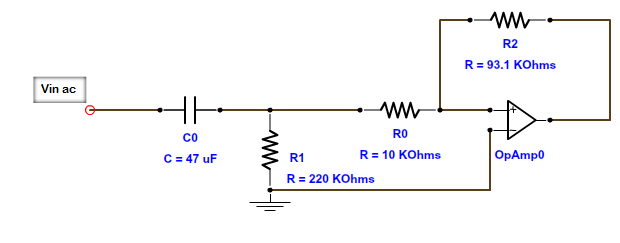I am using a 47uF 10V SMD capacitor (GRM31CR61A476KE15L) mainly for DC blocking. But it make a phase shift on the signal, we can deal with this phase as long as it remain constant(hence the capacitance is constant too).
 After 60 days the performance of the circuit has degraded, the capacitance has been reduced to 35uF. By accident I have soldered it again and the capacitance return to 44uF (which is in the tolerance range +/- 10%). I read about this and found this page, talking about aging in high dielectric constant capacitors and the curing occur by temperature when soldering.
After 60 days the performance of the circuit has degraded, the capacitance has been reduced to 35uF. By accident I have soldered it again and the capacitance return to 44uF (which is in the tolerance range +/- 10%). I read about this and found this page, talking about aging in high dielectric constant capacitors and the curing occur by temperature when soldering.
I really got shocked by this fact. So the question is how expert designer, design devices that could work for 10-15 years without degrade in performance with such phenomena?
